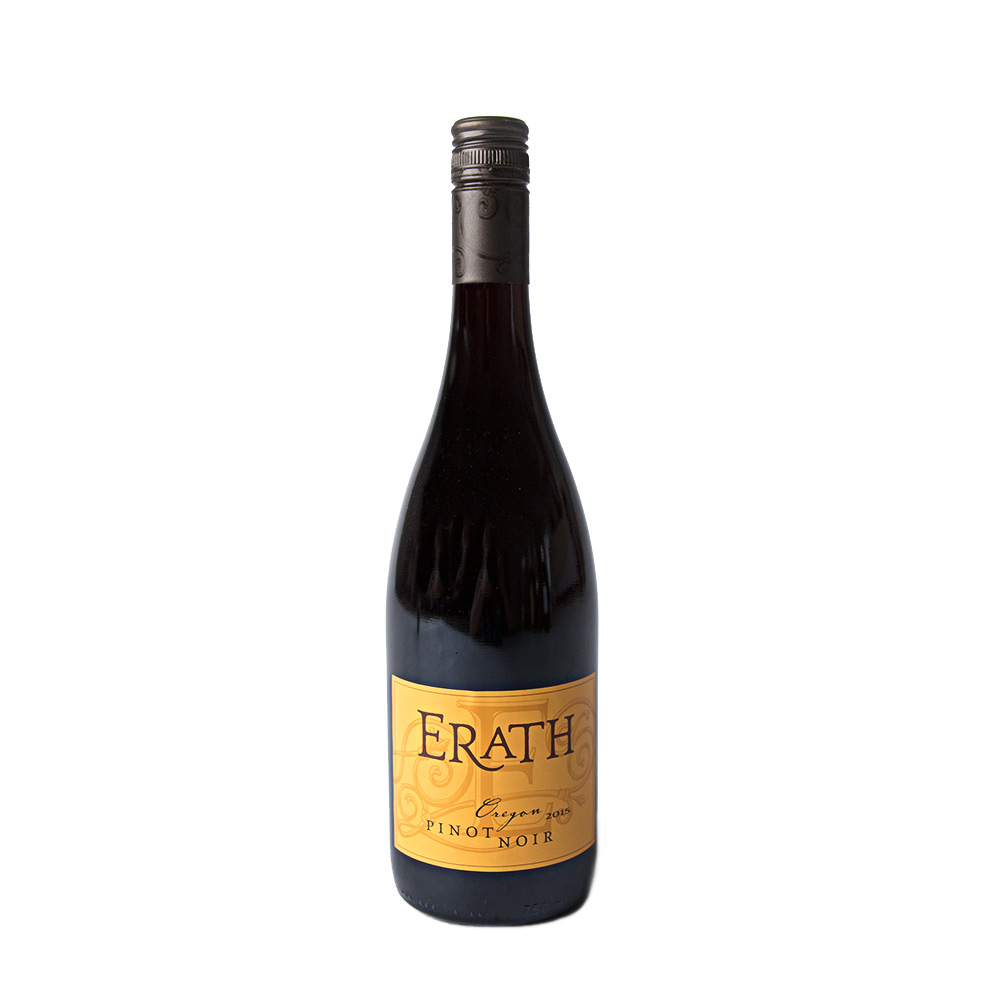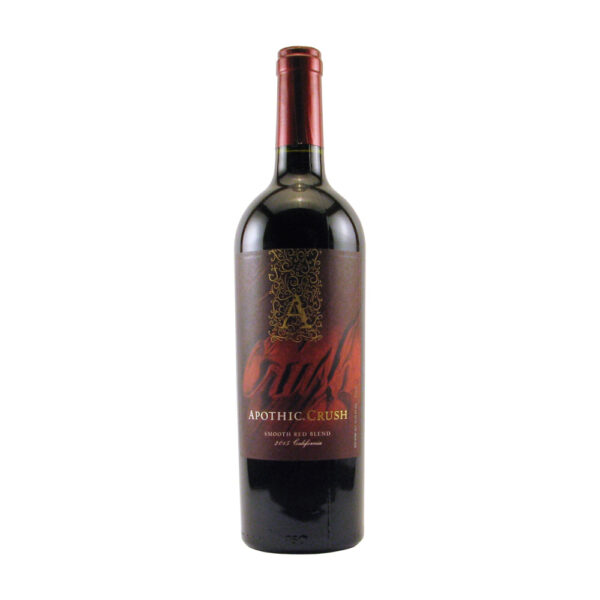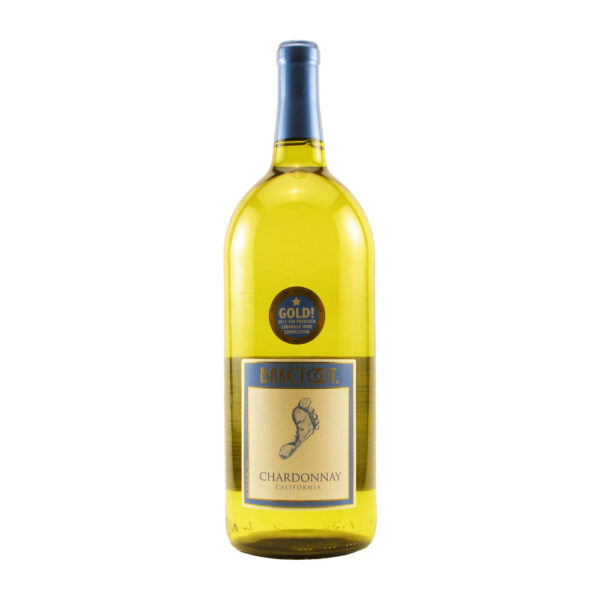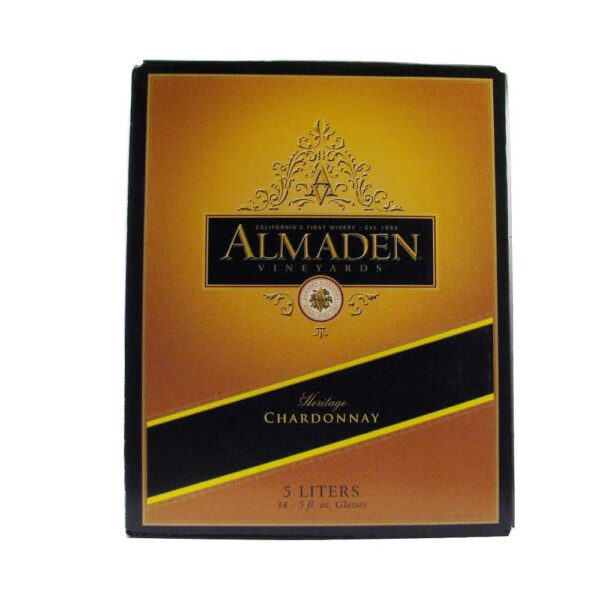Description
Erath Pinot Noir 750ML
Erath’s goal to make the best Pinot Noir under $20 was easily accomplished with this masterpiece. This soft and approachable Oregon Pinot Noir is both appealing to red and white wine lovers. Crafted to highlight pinot’s best characteristics, you can easily enjoy it on its own or if you’re bold and curious try it with a variety of food pairings.
The aromas explode with an abundant fruit forward of blackberry, cherry and warming nutmeg scents that offer a scintillating intro to a succulent mouthful of mixed red and blueberries, pomegranate, sweet flowers, and a moderate length with tannins. The medium body finishes with a roasted coffee streak.
Wake your senses with the best part which is the savory undertone that lies beneath the fruit lending a perfect balance of complexity. Enjoy it while it’s young!
This is a great quality wine with varietal definition, plus it’s well-balanced. If you are looking for a well-made Oregon Pinot Noir under $20, this is your all-in-one deal!
Erath Pinot Noir Notes To Your Senses:
- TASTE: Mouthful of mixed berries, pomegranate, well-built tannins, medium-bodied finishes with a streak of dark roasted coffee
- AROMA: Explosively aromatic with red and blue fruits like raspberry, cherry, blueberry with warm nutmeg scents
- APPEARANCE: Pale ruby hue
- ABV: 13.5%
- PAIRING: The acidity allows infinite pairings ranging from chicken dishes, medium cheeses, and pasta dishes
Pinot Noir:
A French origin in the name that is a red wine grape variety. Grown around the world, it’s mostly from cooler climates and is highly associated with the Burgundy region in France. Other regions have gained a reputation such as Russian River AVAs of California, Valley of Oregon, South Africa, and South Australia.
Pinot Noir is known for its difficult variety to cultivate and transform, however, it doesn’t stop winemakers. The thin-skins and low levels of phenolic compounds cause this grape to produce lightly colored, medium-bodied and low tannin wines. Basically, it can cause uneven, and unpredictable aging.
Young wines tend to have red fruit aromas of cherries, strawberries, and raspberries. When it ages, it can develop into a more vegetal and “barnyard” aromas which contribute to the complexity of the wine.
A large rounded bell shape glass is perfect for serving in. A stem isn’t required either unless you’re the swirly type of wine drinker.
Where there is Pinot Noir, there likely to be Chardonnay. This is because they are related. If you like either of these types, make sure to check out nearby wineries for similar grapes!
Red Wine:
Bringing out the best aromas and flavors of red wine can be achieved through the correct storage of temperature, generally between 50 to 55 degrees. Of course, this is a general rule of thumb as it depends on the grapes used when producing wine. There are so many health benefits due to the tannin. Procyanidins are a type of condensed tannin that is found in green tea and dark chocolate. Speaking of health young red wines are better than old as they have more tannin. However, as red wine ages, they become lighter. Very old wines are translucent and pale.
Vitis vinifera originating from Eastern Europe makes up most of the common varieties of red wine. The aromas of red wine come from grapes only. Cherry, berry, jam, and herbs are all from fermented grapes and wine aging in oak barrels. Pretty simple for such a rich, complex, and tasteful wine!
Oregon:
Before Oregon became a state, settlers like Henderson Luelling planted grapes as early as the 1840’s. However, wine production has only been significant since the 1960’s. In the 1880’s some experimentation occurred with wine grapes such as, Zinfandel, Riesling, and a variety of Sauvignon.
In the 1960’s the wine industry was rebuilt. The first Pinot noir was commercially available by Mr Sommer in 1961. By the 90’s 70 Oregon wineries and 320 growers had over 5,682 acres of vineyards planted.
Since the 21st Century, there has been an emphasis on “green” wine production in Oregon. A non-profit company called LIVE certifies wineries when they meet specific environmental standards. There are over 320 vineyards certified, helping spread awareness of the importance of thinking green as the number of vineyards expand.
Master Sommelier Little Known, Big Facts:
- The color of wine depends on the fermentation extracts using skin, like Red wine as compared to white wine, leaving the skin behind
- The oldest bottle of wine dates back to A.D. 325; it was found in Germany inside two Roman sarcophaguses
- The worst place to store wine is usually in the kitchen because it’s typically too warm, in refrigerators, their warmest setting can be too cold
- Richer heavier foods usually pair well with richer, heavier wines; light wines pair with lighter foods
- Generally, a vintage wine is a product of a single year’s harvest, not when the wine is bottled
- A “dumb” wine refers to the lack of odor while a “numb” wine has no odor and no potential of developing a pleasing odor in the feature
- If a server or sommelier hands you a cork, don’t smell it, look for the date or other information ( mold, cracking, or breaks)
- Tannin is a substance that tingles the gums when you indulge your palate with a sip of wine, it’s an excellent antioxidant
- Smell is by far the most important sense when it comes to drinking wine
- Wine was first developed in Mesopotamia, not France
- French wines are labeled following the soil on which they are produced, not according to the grape used
- When chilling wine, adding salt to ice will cool it down faster
Warnings:
You must be 21 or over to purchase this product
Instructions:
serve chilled or at room temperature






Reviews
There are no reviews yet.